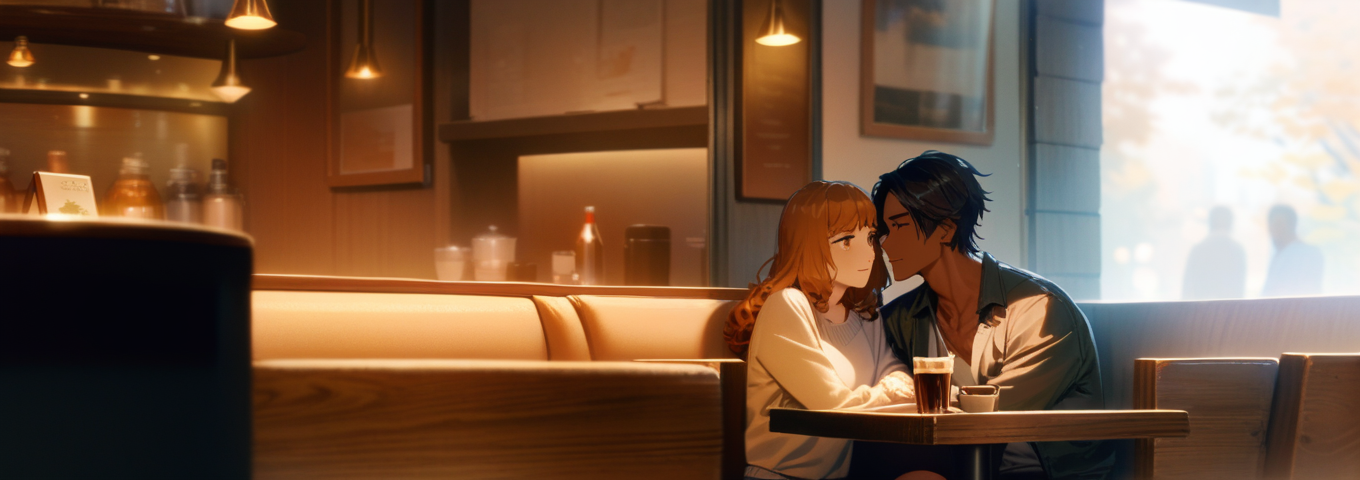Have you ever searched for something small, only to end up pulling everything out of your cabinet? That was exactly my experience when looking for a simple stereo jack to Type-C adapter. Instead of just finding the adapter, I discovered a mix of forgotten items, including expired medicine, old stationery, outdated skincare products, and even a PS3 joystick! If you’ve ever found yourself in a similar situation, here’s a simple guide on decluttering your cabinet efficiently.
Step 1: Take Everything Out
The best way to start decluttering is by completely emptying your cabinet. This helps you see everything you own and makes it easier to categorize items. You might be surprised by what you find—things you thought were lost, expired items, or products you bought but never used.
Step 2: Categorize Your Items
Once everything is out, sort your items into categories:
- Medicine & Health Supplies
- Hair & Skincare Products
- Electronics & Accessories
- Stationery & Office Supplies
- Miscellaneous (anything that doesn’t fit into the above categories)
Step 3: What to Keep and What to Toss?
Now comes the tough part—deciding what stays and what goes. Here’s how to evaluate each category:
1. Medicine & Health Supplies
✅ Keep: Unexpired medications, first aid supplies, and frequently used health essentials.
❌ Toss: Expired medications, half-used ointments, and anything you can’t remember why you bought. Dispose of expired meds properly—pharmacies or medical facilities may have take-back programs.
2. Hair & Skincare Products
✅ Keep: Products that are still within their shelf life and in good condition.
❌ Toss: Expired or dried-up products, facial creams that have changed in smell/texture, and anything past its expiration date (especially sunscreen, as SPF effectiveness degrades over time).
🔍 Not sure about a facial cream?
- Check the expiration date or PAO (Period After Opening) symbol (e.g., 12M = good for 12 months after opening).
- If it has separated, changed texture, or smells off, it’s safer to dispose of it.
- If it’s unopened and stored properly, it might still be fine within 2-3 years of purchase.
3. Electronics & Accessories
✅ Keep: Working gadgets, cables, and accessories you still use.
❌ Toss/Rehome: Broken or outdated devices, excess cables, and accessories for devices you no longer own. Consider donating or recycling old electronics.
4. Stationery & Office Supplies
✅ Keep: Functional pens, notebooks, and supplies you actually use.
❌ Toss: Dried-up markers, broken pens, and old papers you no longer need. Recycle where possible.
5. Miscellaneous Items
✅ Keep: Anything with practical use or sentimental value.
❌ Toss: Items you haven’t used in years, things you forgot you even owned, or anything taking up unnecessary space.
Step 4: Organizing What’s Left
Now that you’ve sorted everything, it’s time to put things back in an organized way:
- Use containers or plastic bins for grouping similar items (e.g., one for medicine, one for hair care, one for electronics).
- Label everything so you can easily find things next time.
- Arrange frequently used items in easy-to-reach spots, while rarely used items can go towards the back.
Final Thoughts
Decluttering may seem like a hassle, but once done, you’ll feel a sense of relief knowing your space is organized and functional. Plus, the next time you need something, you won’t have to dig through a chaotic pile to find it!
Have you done a major decluttering recently? What unexpected things did you find in your cabinets?
